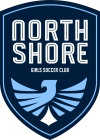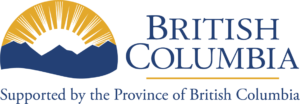Safe Sport
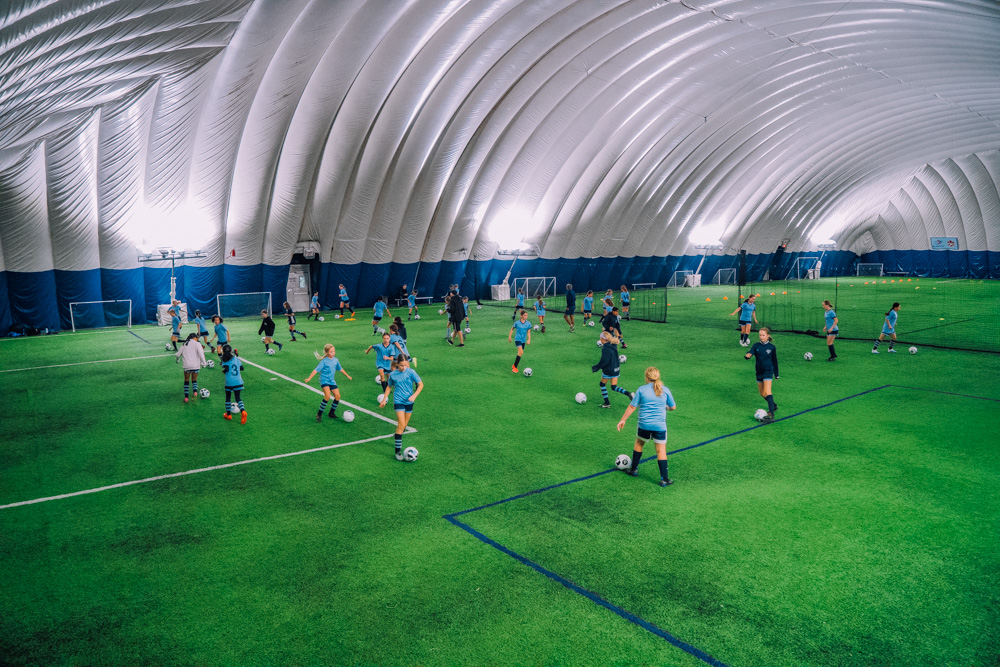
At NSGSC the safety of our players is our top priority. We follow the Canada Soccer Safe Sport guidelines that outline the importance of safety in a positive, welcoming environment. The words “Safe Sport” transcend sports injuries, and dangerous equipment or hazardous field conditions. At its core, Safe Sport is about how individuals feel, how they are treated, respected, and valued. Abuse, although rare, can occur in both overt and subtle ways. Neither is acceptable. In this section, we will share the context behind our Safe Sport Response and Plan while providing resources and materials designed to ensure all stakeholders in our game participate in safe and supportive environments. We’ll also share critical contact information to those who feel they are the victims of abuse and maltreatment or have seen potentially abusive situations within their sports environment. This link will direct you to the new ITP Sport confidential and anonymous reporting system, or call the toll-free anonymous and confidential line: 1-800-758-9412.
NSGSC Safe Sport Position Statement
It is crucial that our players are having fun in an environment that is safe for all participants, including spectators, coaches and officials. We strongly believe that everyone involved in soccer has the right to participate in safe and inclusive environments free of abuse, harassment, discrimination, and to enjoy the sport at whatever level or capacity they participate in. The welfare of everyone involved in soccer is the foremost consideration and in particular, the protection of children in the sport is the responsibility of everyone involved.
Below you can find links to our policies and code of conducts along with injury reports & insurance, rules and regulations, and concussion return to play guidelines.
Health & Safety Officer
Jana Madill
The Health and Safety officer should be contacted with any injury, physical/mental health, or safety concerns. All reports will be reviewed by the health and safety officer and will be assessed and dealt with directly by the club, or will move forward to a third-party assessment for further investigation and support.
Protection of Children
Commit to Kids
Our soccer programs are a safe place for children and our coaches and other leaders are regarded as trusted adults. Through both NSGSC Safe Sport Policy, Safe Sport Handbook, Codes of Conduct, and annual staff and volunteer training, NSGSC is dedicated to the protection of the children in our Club.
Stay Alert. Intervene.
The overwhelming majority of children do not disclose child abuse. We know that it’s very important that adults take the responsibility and take the lead in protecting children
If you have witnessed or suspect abuse, maltreatment or harassment, of a child under 19, you should notify the NSGSC Health & Safety Officer immediately at healthsafetyofficer@nsgsc.com.
If you think a child or youth under 19 years of age is being abused or neglected, you have the legal duty to report your concern to a child welfare worker. Phone 1 800 663-9122 at any time of the day or night.
If you have concerns about shared intimate images, online luring, and other areas involving child victimization on the internet, you can report concerns through the CyberTip.ca online report form or by phone at 1-866-658-9022.
Injury Reports & Insurance
Injury Reports - League BC Soccer
It is very important to please ensure you fill out an injury report form using the digital link which will auto submit it to the Health and Safety Officer if there is an injury during a practice or game. While our club insurance is secondary to your family's coverage, in the event it is needed at any time, there needs to be a record of the injury very close to the date it occurred. So coaches and parents, please take the time to ensure this is filled out and sent in within 2 weeks of the injury.
The form is attached below. It is a good idea to keep this link handy.
Insurance Claim Form
This insurance policy acts as secondary insurance coverage. Your claims should first go through your work or family policy and in the event, you require more coverage or you do not have extended benefits, you should apply with these forms to make a claim. Sport Accident Insurance - Sport Accident Insurance is coverage for sanctioned practices and games. This includes items such as dental, physiotherapy, accident reimbursement, accidental death, fracture indemnity, rehabilitation indemnity, tuition fees reimbursement, emergency transportation benefit, and eye glasses or contact lenses expense.
If you need to make a claim to SBC Insurance, fill out the form below and submit it to the Health and Safety Officer. We have to fill this out with our policy number and have it signed by NSGSC Leadership. Once done, the form will be sent back to you to submit to SBC directly. We will not sign these forms if an Injury Report has not been submitted.
IMPORTANT NOTICES:
- Certificate of Club Executive MUST be completed by NSGSC - do NOT fill this section out
- Please make sure the Physician's Statement is filled out prior to submitting to NSGSC
- Per the claim form, SBC Insurance must receive notice of the accident within 30 days and receive claim documentation within 90 days of the accident.
Sports Accident Insurance
The attachment below contains more information (steps to claim and contact information) on our Sport Accident Insurance, provided through our membership with BC Soccer and SBC Insurance.
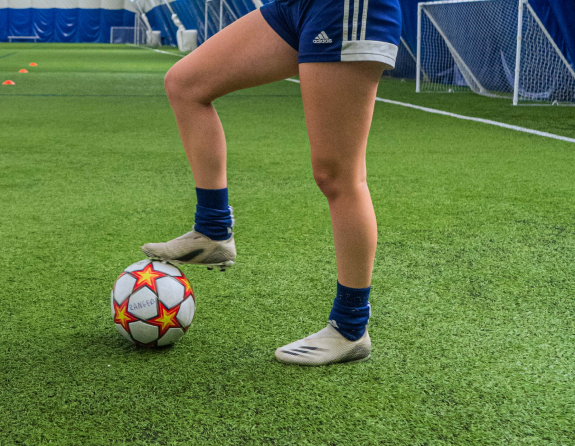
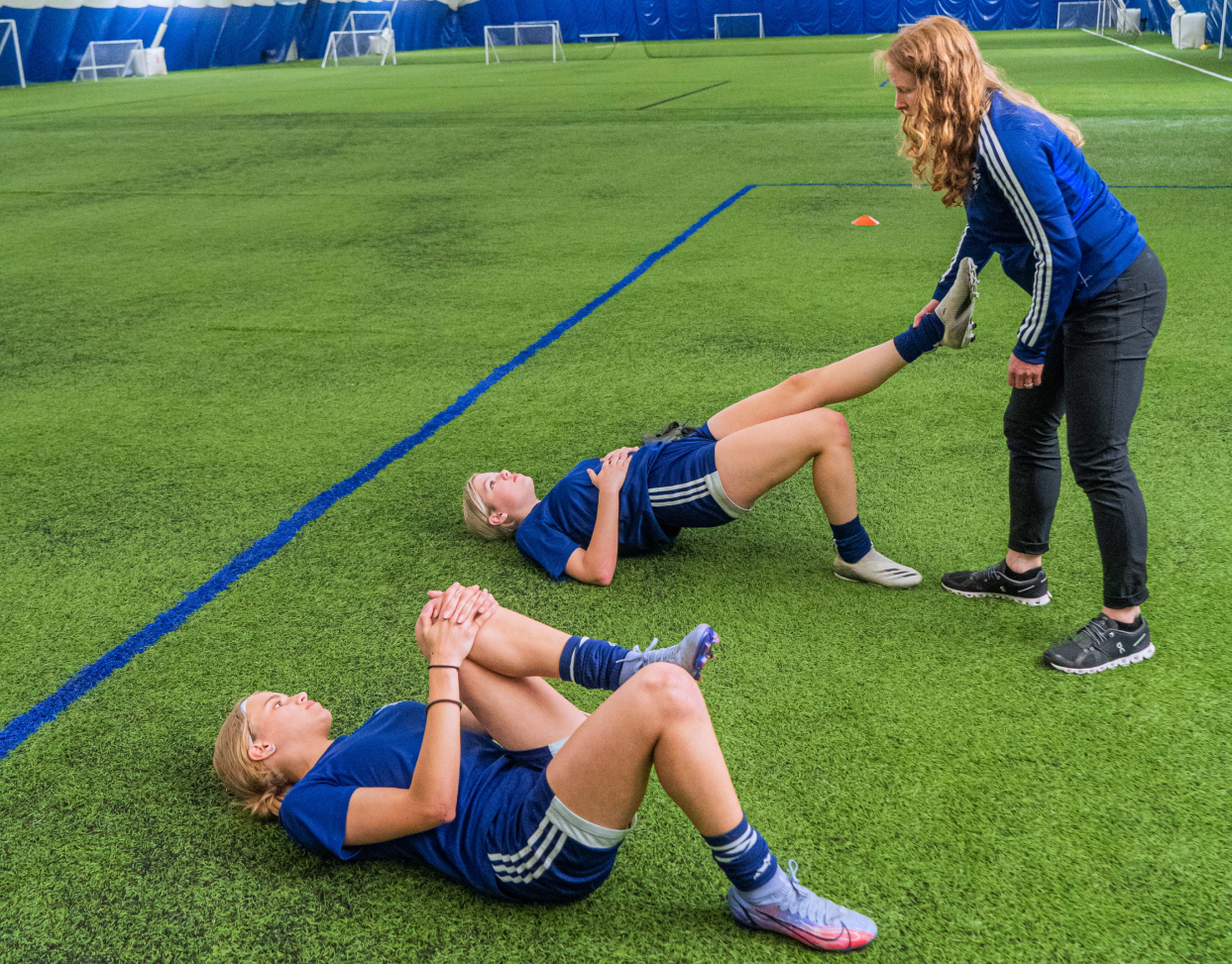
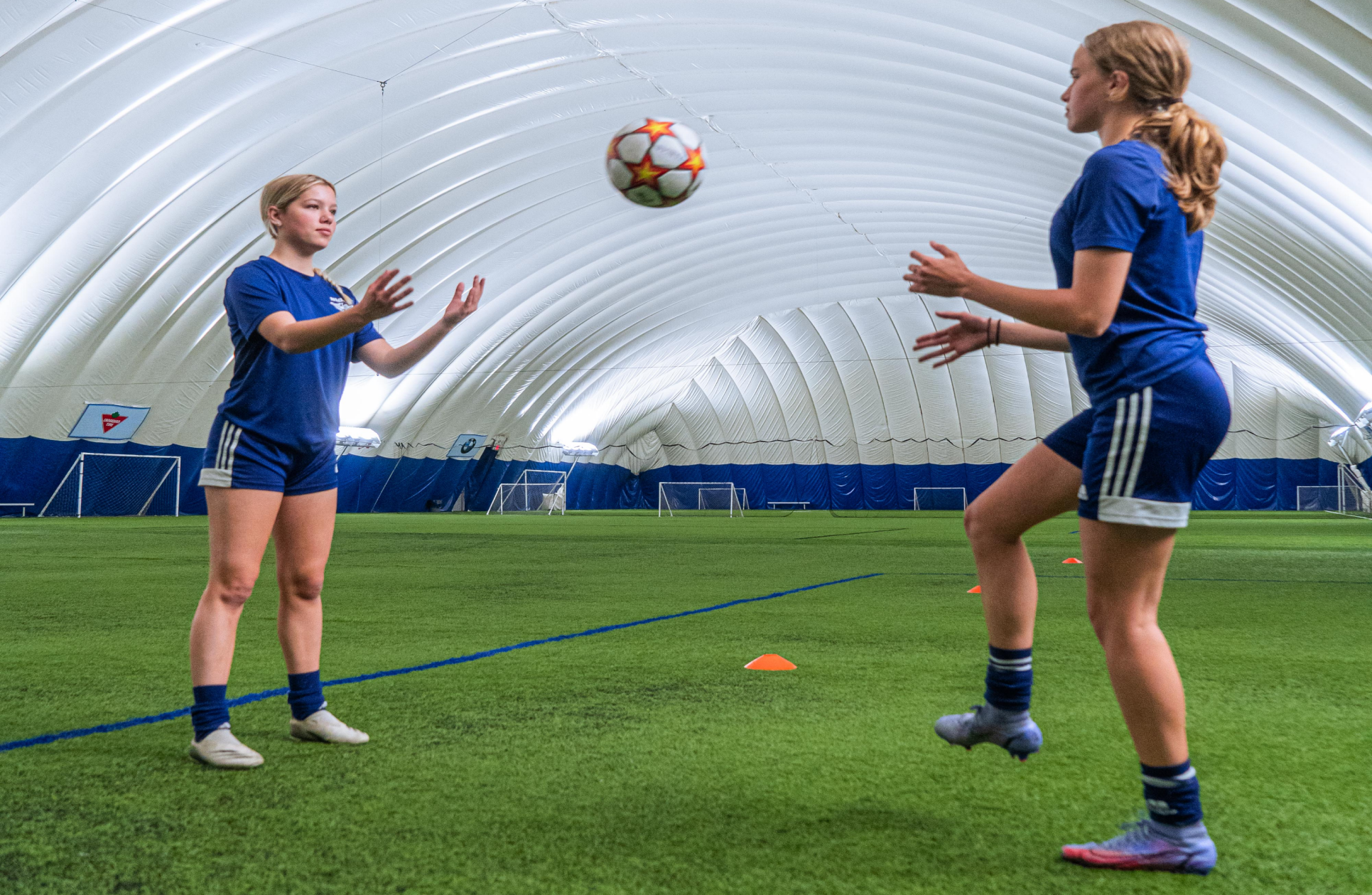
Jewelry Rules & Risks
Jewelry Rules
Jewelry is not permitted to be worn by NSGSC players during any games. Players will be inspected by referees for jewelry, and any players found to be wearing jewelry will be asked to remove it. Players refusing to remove jewelry will not be permitted to play. The practice of taping jewelry is not acceptable, with the exception of medical alert bracelets, which may be worn but must be taped if they are not made of velcro or a similar soft material. Please refer to the following governing policies for more information:
- BC Coastal Soccer League (Game Rules & Regulations):
https://www.bccoastalsoccerleague.ca/_literature_151576/BCCSL_Rules_and_Regulations
- Canadian Soccer Association Tournament Rules andRegulations:
https://www.canadasoccer.com/files/2017_Final_Nat_Champ_Regulations_Eng.pdf
- North Shore Youth Soccer Association Small Sided Game Rules:
https://nsysa.ca/upload/doc/SmallSided-Rules-BCSA-2014.pdf
- FIFA’s Player Equipment Rules:
https://www.fifa.com/mm/document/afdeveloping/refereeing/law_4_the_players_equipment_en_47415.pdf
Jewelry Risks
Why does this rule matter?
Jewelry of any kind (e.g. rings, bracelets, earrings, necklaces, other visible body piercings, etc.) pose a real and proven safety risk to the player wearing it as well as those who may come in contact with them. Referees will always ensure players adhere to the jewelry rules in order to keep everyone on the field safe and injury-free. NSGSC recommends removing jewelry at home prior to arriving at the field as a great way to keep your special belongings safe!
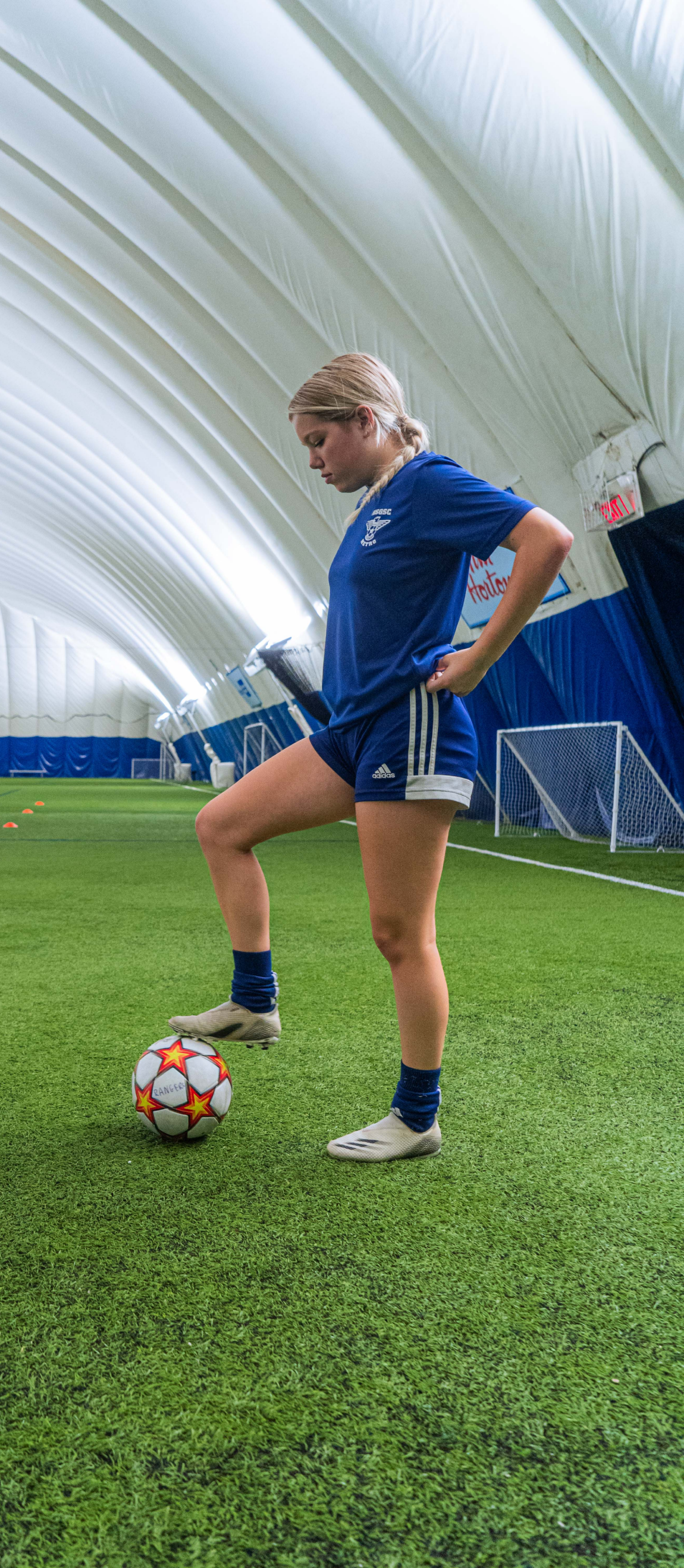
Concussion - Return To Play
NSGSC adheres to BC Soccer Association’s concussion policy requiring medical clearance prior to allowing a player to return to play after being diagnosed with a concussion.
Mandatory Steps For Return To Play
(1) Download the following medical clearance form - attached above:
(2) Form must be completed and signed by a Medical Doctor (MD) or Nurse Practitioner (NP)
(3) Form must be emailed to the player's coach, and NSGSC Health & Safety Officer
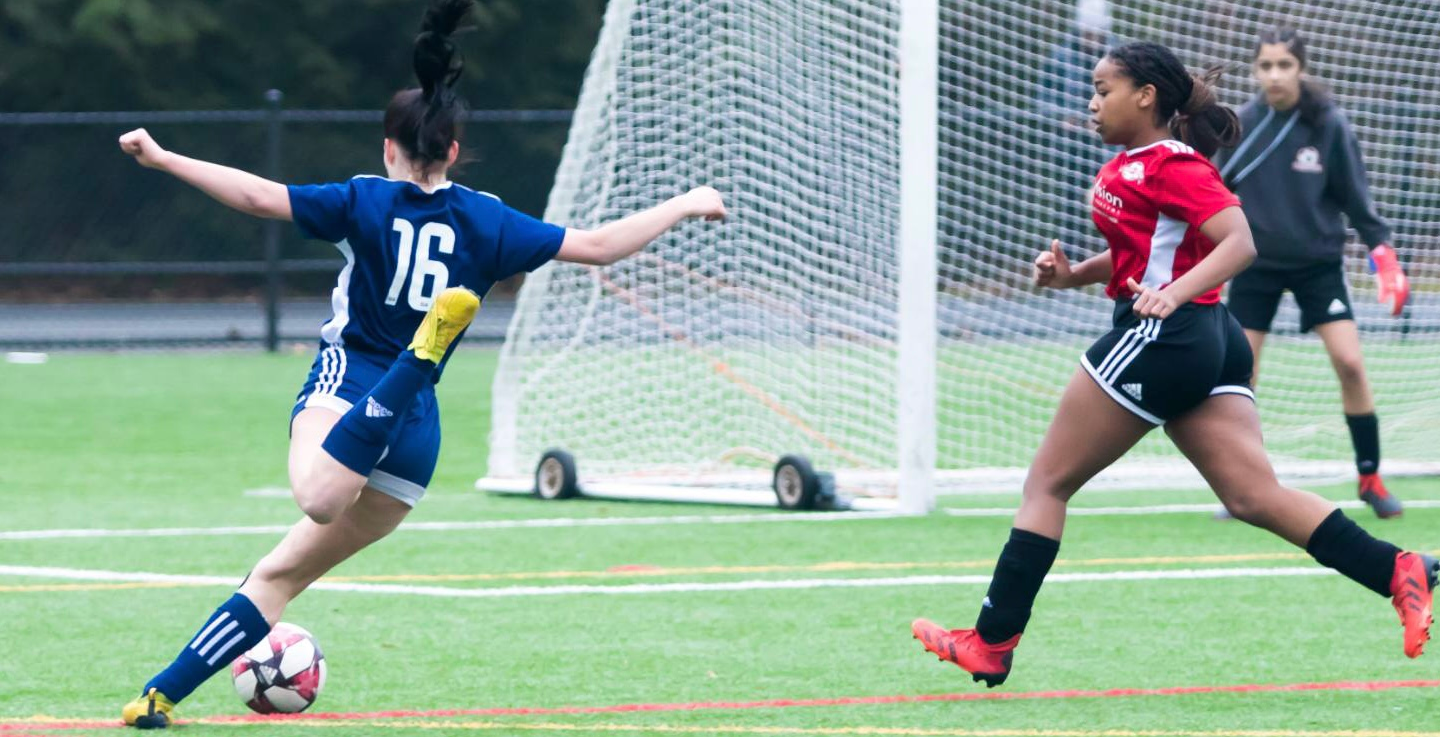
Recommended steps for return to play
From BC Soccer Association:
Never return to play if you still have any symptoms!
(1) No activity, complete rest. Once the athlete is asymptomatic, they proceed to level two. The athlete spends, at the minimum, one day at each stage.
(2) Light aerobic exercises such as walking or stationary cycling, no resistance training. Performing step two without symptoms allows the athlete to proceed to level three. If symptoms return, the athlete moves back one stage then continues.
(3) Sport specific training (e.g. skating in hockey, running in football/soccer), progressive addition of resistance training at steps three or four. Performing step three without symptoms allows the athlete to proceed to level four.
(4) Non-contact training drills. Performing step four without symptoms allows the athlete to proceed to level five.
(5) Full contact training after medical clearance. Performing step five without symptoms allows the athlete to proceed to level six.
(6) Game play.
